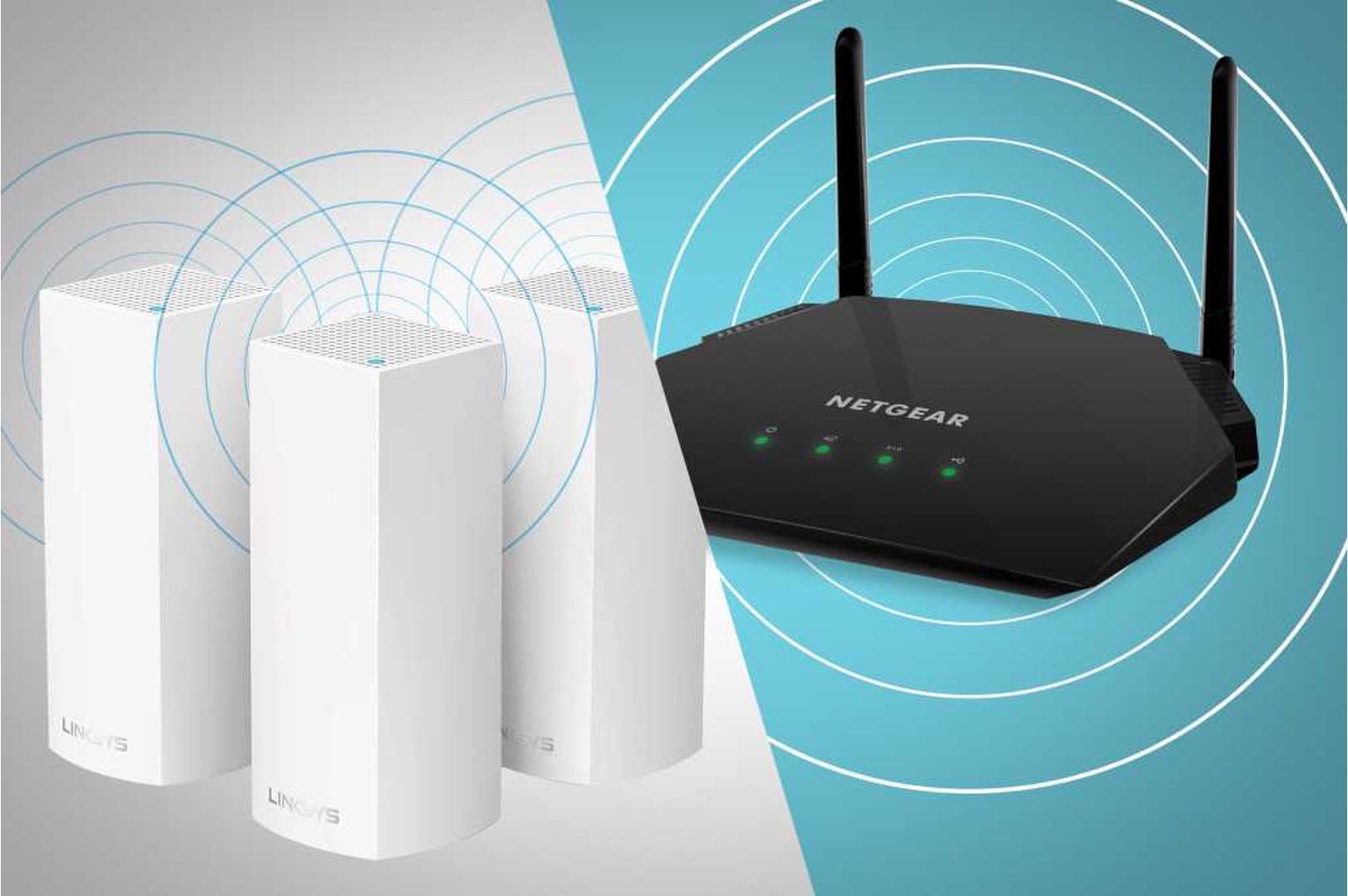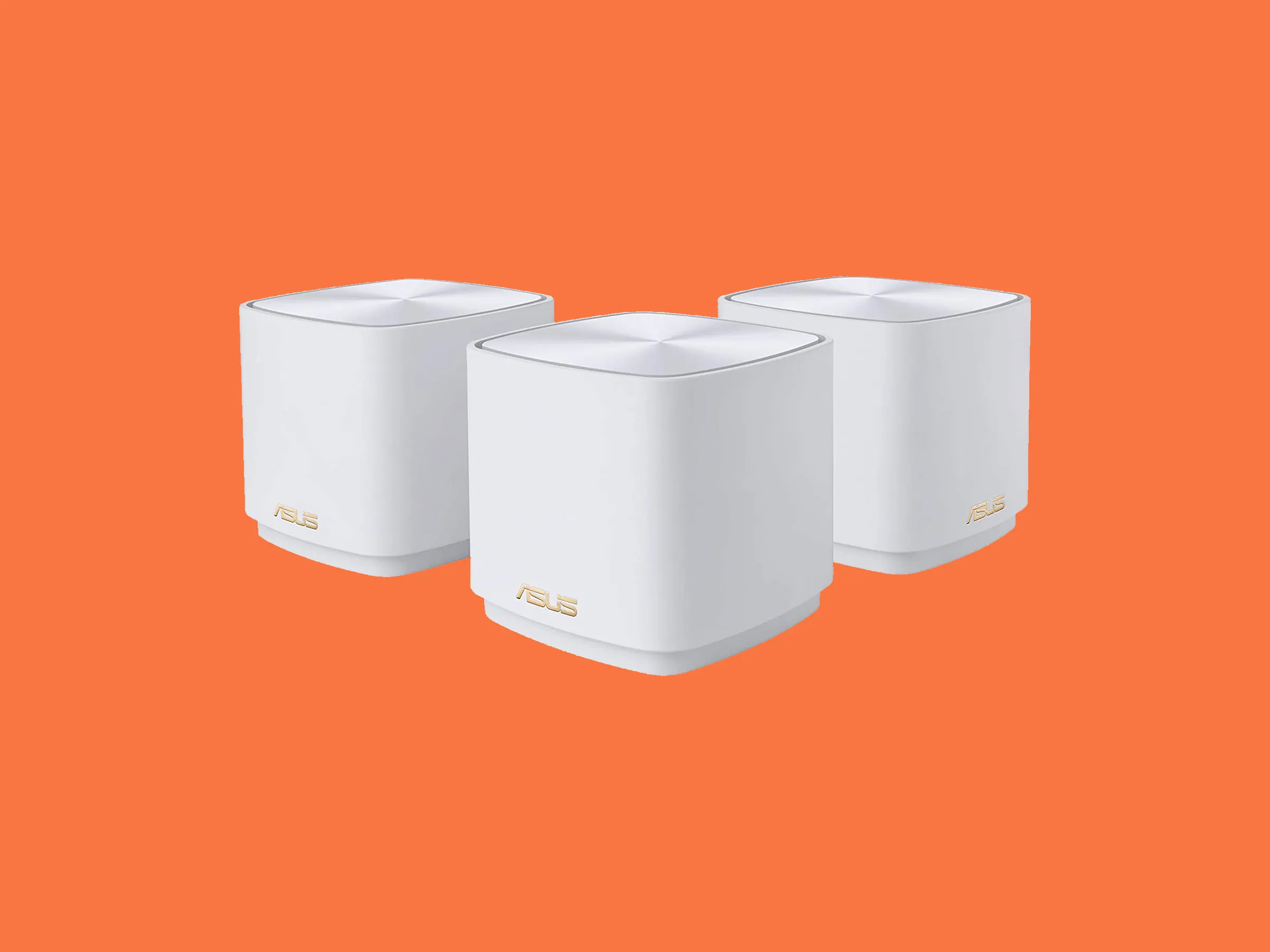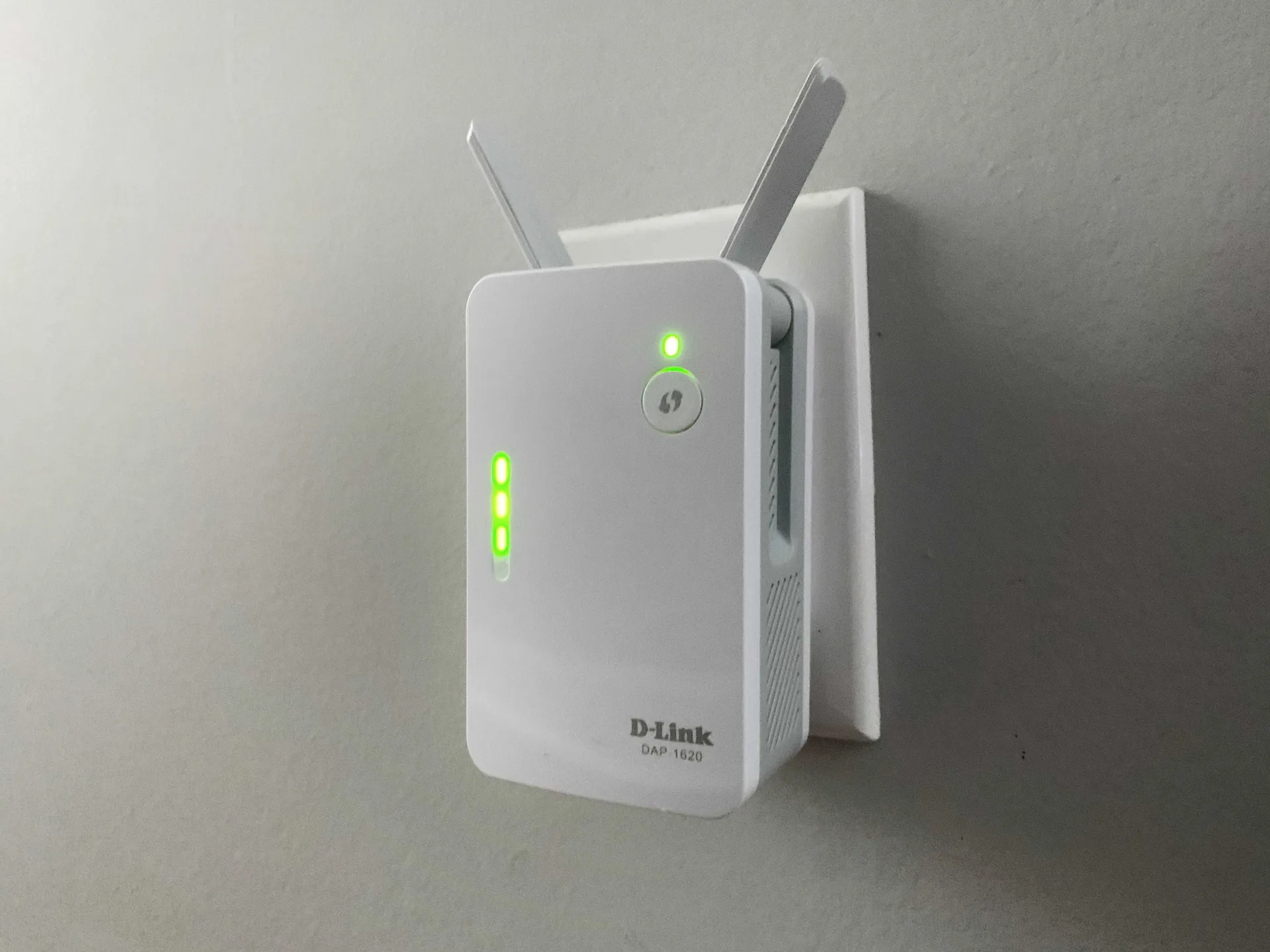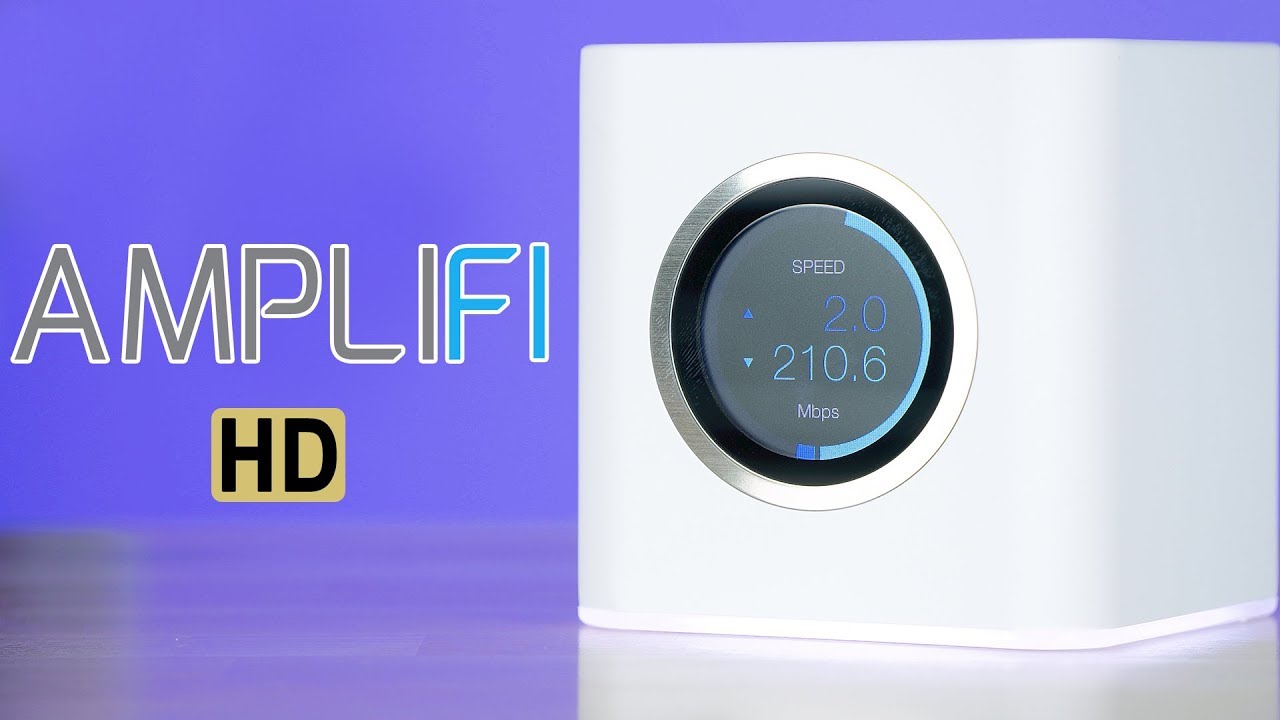Introduction
Welcome to the world of mesh Wi-Fi systems, where seamless connectivity and reliable internet access are no longer a luxury but a necessity. In today's fast-paced digital landscape, a robust and efficient Wi-Fi network is essential for powering our homes, businesses, and everyday activities. Traditional Wi-Fi setups often struggle to provide consistent coverage throughout larger spaces, leading to frustrating dead zones and unreliable connections. This is where mesh Wi-Fi systems step in to revolutionize the way we experience wireless connectivity.
Mesh Wi-Fi systems are designed to address the shortcomings of traditional routers and extenders by creating a unified network that blankets your entire space with strong, consistent Wi-Fi signals. Whether you're working from home, streaming your favorite shows, or engaging in online gaming, a mesh Wi-Fi system offers the promise of uninterrupted connectivity and enhanced performance.
As we delve into the intricacies of mesh Wi-Fi technology, you'll gain a deeper understanding of how these systems operate, the benefits they offer, and key considerations for selecting the right one for your specific needs. By the end of this exploration, you'll be equipped with the knowledge to make informed decisions about implementing a mesh Wi-Fi system in your environment. Let's embark on this journey to uncover the inner workings of mesh Wi-Fi and unlock the potential for a seamlessly connected future.
What is a Mesh Wi-Fi System?
A mesh Wi-Fi system is a revolutionary approach to wireless networking that aims to eliminate the limitations of traditional routers and extenders. Unlike the single-unit design of conventional routers, a mesh Wi-Fi system consists of multiple interconnected devices, including a primary router and satellite nodes, working together to create a unified network. These nodes communicate with each other, forming a seamless web of connectivity that effectively covers a larger area with consistent Wi-Fi signals.
At the core of a mesh Wi-Fi system is the concept of “whole-home” or “whole-office” coverage, ensuring that every nook and cranny of your space receives a strong and reliable Wi-Fi signal. This is achieved through the strategic placement of the satellite nodes, which collaborate to extend the network’s reach and adapt to the changing demands of connected devices. Whether you’re in the basement, the backyard, or the attic, a mesh Wi-Fi system endeavors to deliver a consistently high-quality internet connection without the hassle of switching between different networks or experiencing frustrating dead zones.
Furthermore, mesh Wi-Fi systems are designed with user convenience in mind. Many models feature intuitive mobile apps that simplify the setup process, provide network management tools, and offer insights into connected devices and network performance. This user-friendly approach empowers individuals to take control of their wireless network without needing advanced technical expertise.
Overall, a mesh Wi-Fi system represents a paradigm shift in the way we experience wireless connectivity. By embracing a decentralized, interconnected network architecture, these systems aim to provide a seamless and robust Wi-Fi experience that meets the demands of modern homes and businesses.
How Does Mesh Wi-Fi Work?
Mesh Wi-Fi systems operate on a principle of collaboration and adaptability, leveraging a network of interconnected nodes to deliver seamless wireless coverage. The primary router serves as the hub of the mesh network, managing the distribution of data and coordinating with the satellite nodes to ensure optimal coverage and performance.
When a device connects to the mesh Wi-Fi network, the system’s intelligent algorithms come into play, determining the most efficient path for data transmission. Unlike traditional setups where a single router dictates the entire network’s performance, mesh Wi-Fi systems distribute the workload among the interconnected nodes, reducing congestion and potential bottlenecks. This dynamic routing capability allows the system to adapt to changes in the network environment, such as the addition of new devices or the movement of existing ones, without sacrificing performance.
One of the key features of mesh Wi-Fi systems is their ability to self-optimize. The nodes communicate with each other, continuously exchanging information about signal strength, network traffic, and device locations. This real-time data sharing enables the system to make automatic adjustments, such as rerouting traffic through the most efficient path or adjusting signal strength to accommodate changing usage patterns. As a result, users experience consistent connectivity and seamless roaming as they move throughout the coverage area.
Furthermore, many mesh Wi-Fi systems incorporate advanced technologies, such as beamforming and band steering, to further enhance network performance. Beamforming allows the system to focus the Wi-Fi signal directly towards connected devices, improving signal strength and reducing interference, while band steering intelligently allocates devices to the most suitable frequency band, optimizing overall network efficiency.
Overall, the collaborative and adaptive nature of mesh Wi-Fi systems sets them apart from traditional router setups, offering a robust and intelligent approach to wireless networking that prioritizes seamless coverage and optimized performance.
Benefits of Using a Mesh Wi-Fi System
Implementing a mesh Wi-Fi system offers a multitude of benefits that cater to the evolving demands of modern connectivity. Here are some key advantages:
- Seamless Coverage: Unlike traditional routers, mesh Wi-Fi systems provide consistent coverage throughout your space, eliminating frustrating dead zones and ensuring a reliable connection in every corner of your home or office.
- Scalability: As your network needs grow, mesh Wi-Fi systems can easily expand by adding additional nodes, maintaining a seamless and unified network without the complexities of managing multiple routers or extenders.
- Intelligent Roaming: With a mesh Wi-Fi system, connected devices can seamlessly roam between nodes without experiencing interruptions or the need to manually switch networks, providing a smooth and uninterrupted browsing experience.
- Enhanced Performance: The collaborative nature of mesh Wi-Fi systems optimizes network performance by intelligently distributing traffic and adapting to changing usage patterns, resulting in improved speed and reliability.
- User-Friendly Management: Many mesh Wi-Fi systems offer intuitive mobile apps that simplify network setup, provide insights into connected devices, and allow for easy management of network settings, empowering users to take control of their wireless environment.
- Future-Proof Technology: Mesh Wi-Fi systems often incorporate advanced features, such as support for the latest Wi-Fi standards and technologies, ensuring that your network remains compatible with emerging devices and applications.
By embracing the capabilities of a mesh Wi-Fi system, users can enjoy a seamless, reliable, and intelligent wireless networking experience that adapts to their evolving connectivity needs.
Considerations When Choosing a Mesh Wi-Fi System
When selecting a mesh Wi-Fi system for your home or business, several important factors should guide your decision-making process:
- Coverage Area: Assess the size and layout of your space to determine the number of nodes required for comprehensive coverage. Consider factors such as building materials, interference from other devices, and outdoor coverage needs.
- Scalability: Choose a mesh Wi-Fi system that offers the flexibility to expand as your network requirements grow. Look for models that allow seamless integration of additional nodes without compromising network performance.
- Performance Features: Evaluate the system’s performance-enhancing capabilities, such as beamforming, band steering, and MU-MIMO (Multi-User, Multiple Input, Multiple Output), which can optimize network efficiency and device connectivity.
- Network Management: Consider the availability of user-friendly management tools, such as mobile apps or web interfaces, that provide insights into network performance, device management, and security features.
- Security Protocols: Prioritize mesh Wi-Fi systems with robust security measures, including WPA3 encryption, automatic firmware updates, and guest network controls, to safeguard your network against potential threats.
- Compatibility and Integration: Ensure that the chosen system is compatible with your existing devices and supports the latest Wi-Fi standards, ensuring seamless integration with a wide range of connected devices.
- Technical Support and Warranty: Research the manufacturer’s customer support offerings and warranty terms to ensure timely assistance and coverage for potential hardware issues.
By carefully considering these factors and aligning them with your specific networking needs, you can make an informed decision when choosing a mesh Wi-Fi system that delivers reliable, seamless, and future-ready wireless connectivity.
Conclusion
As we conclude our exploration of mesh Wi-Fi systems, it becomes evident that these innovative networking solutions have redefined the way we experience wireless connectivity. By leveraging a collaborative and adaptive approach, mesh Wi-Fi systems offer seamless coverage, intelligent performance optimization, and user-friendly management, addressing the limitations of traditional router setups.
For individuals and businesses seeking to embrace the benefits of whole-home or whole-office Wi-Fi coverage, the decision to implement a mesh Wi-Fi system can lead to a transformative networking experience. The ability to seamlessly roam between nodes, the scalability to accommodate evolving network needs, and the integration of advanced technologies position mesh Wi-Fi systems as the cornerstone of modern wireless connectivity.
Furthermore, the considerations outlined for selecting a mesh Wi-Fi system underscore the importance of aligning the system’s features with specific networking requirements. Whether it’s assessing coverage needs, evaluating performance features, or prioritizing security and compatibility, informed decision-making ensures that the chosen mesh Wi-Fi system delivers a tailored and reliable wireless experience.
As technology continues to evolve and connectivity becomes increasingly indispensable, mesh Wi-Fi systems stand as a testament to the ongoing pursuit of seamless, intelligent, and future-ready wireless networking. By embracing these systems, users can unlock the potential for a connected environment that adapts to their needs, offers consistent performance, and simplifies the management of their wireless network.
In conclusion, the adoption of mesh Wi-Fi systems represents a pivotal step towards realizing a wireless networking experience that transcends the limitations of traditional setups, empowering individuals and businesses to navigate the digital landscape with confidence and reliability.

























